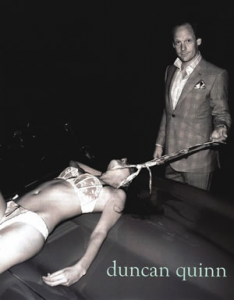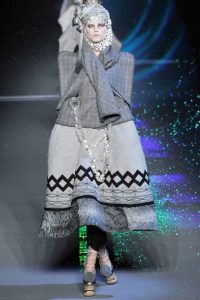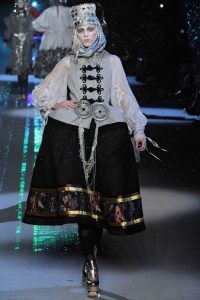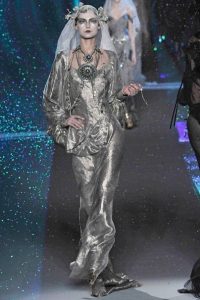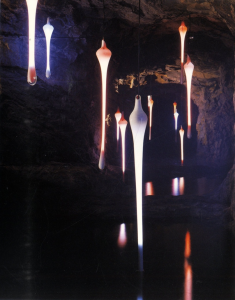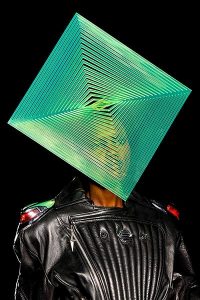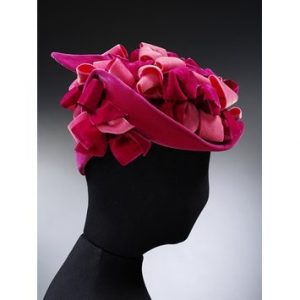The RCS module for me has been beneficial and taught me a lot however, I have not enjoyed all the tasks and have struggled through some.
For our first task we had to collect three images one from different research sources, understanding the difference between primary and secondary sources. I used a book on Steve Tobin, the V and A archives and an image of Philip Tracey’s work from Pinterest. I enjoyed this task as I was able to utilise the library and look through and learn some really amazing things and it wasn’t a daunting first task either. I also used some of the research from this in my studio work too. This task taught me the basic difference between primary and secondary sources which I previously had not even thought about.
Task 3/4 Academic integrity and plagiarism, we needed to choose a topic and use Harvard Referencing looking at a newspaper article, website and book. I looked at the controversial ‘Heroin Chic’ era in the 90’s. I really enjoyed this task because I was already familiar with Harvard referencing and it was good to put to practice using different research methods.
For task 5/6: Visual Research, we needed to choose a designer whose work inspired us and find references that inspired them. With our findings we had to create a moodboard and then write 300 words about one particular image. I chose to look at John Galliano’s fall collection 2009, which was inspired by Russian Folklore. I really enjoyed researching the designer and creating the mood board but found the 300 words difficult as it’s the most writing I have had to do since being at WSA. I had to really use the helping points on the presentation, which were very helpful. This taught me that I need to write down all the elements I could look at in bullet points and then build them up from there.
For task 7/8: Reflective Writing, we were given two essays from books and had to read one and reflect in 500 words. This task was the worst for me, the reading took me a long time and it was hard to understand at points. However once I started writing and the flow took over it was actually really interesting text and really challenged me to push my writing and reflective thinking forward.
For task 9/10: Ethical Issues in fashion/ Textile Advertisement, we had two images to look at and chose one, both were very controversial advertisements, and then write 500 words explaining and arguing the issues which arise from them. This was such an interesting task and even though the 500 words were unnerving, writing about issues that are very close to my heart was liberating. It was great for understanding analysis an image and how society and the media work together.
In conclusion, this module has been difficult in places but rewarding in others, I have learnt more about the way I work and what’s better for me to do but also skills which will help me for the next two years of my degree.

